Wondering how to dehydrate beans—and why you’d want to?
And what does “dehydrating beans” even mean, anyway? Aren’t beans already dried out when you buy them?
Let’s talk about that!
The Difference Between Dehydrated Beans and Dried Beans from the Store
It may sound crazy to talk about dehydrating beans. After all, if the beans you buy in the store are already dried, why would you need to dehydrate them?
I’m glad you asked.
The bags of dried beans you purchase at the grocery store are raw beans—dried before cooking. They need to be fully cooked before eating.
When you dehydrate beans, you’ll cook them first before dehydrating them.
Why Would I Want to Dehydrate Beans?
Does it still sound a little crazy?
I assure you it’s not. If you want to transition into cooking with dried beans to save money, then the cooking-dehydrating combo is key to saving time.
“Saving time and money? Ok, you’ve piqued my interest. Tell me more….”
Cooking dried beans from scratch can be time-consuming, even if you skip the pre-soaking step.
While simmering beans on the backburner is fine on a lazy Sunday afternoon, it’s not so great when it’s 5:00 p.m. and your hungry family is staring you down.
Batch-cooking dried beans in your pressure cooker, then dehydrating for long-term storage, solves that problem.
Essentially, dehydrating transforms beans into a homemade convenience food. So when it’s time to eat them, they’re a quick-cook meal.
While canned beans serve the same purpose, they’re bulky, heavy, and comparatively expensive over time.
Dehydrated beans are a better choice for small pantries, since dehydrated beans more than double in size once rehydrated. AKA, you can fit more in less space.
In fact, the can of beans you purchase from the store equates to a 1/2 cup of dehydrated beans. Therefore, one pint jar of dehydrated beans is the same as four cans of store-bought beans.
How to Dehydrate Any Type of Bean
Drying beans is the perfect project for a newbie to dehydrating.
Whether you’re dehydrating black beans, pinto beans, or any other type of bean, the process is the same:
Step 1: Cook the Beans
To prepare beans for dehydrating, assuming you’re starting with dried beans from the store, you’ll need to cook them first.
Feel free to do this any way you like.
You can pre-soak and cook them on the stovetop, simmer them all day in the crockpot, or use your pressure cooker.
The most painless way I’ve found to get this step out of the way fast is by using the Instant Pot. In fact, we have an entire an post about it here.
Step 2: Drain
Once your beans are fully cooked, drain them in a colander and rinse well (until the water runs clear).
Step 3: Dehydrate
Now for the dehydrator. Before you start, make sure your hands and equipment are clean.
Prices pulled from the Amazon Product Advertising API on:
Product prices and availability are accurate as of the date/time indicated and are subject to change. Any price and availability information displayed on [relevant Amazon Site(s), as applicable] at the time of purchase will apply to the purchase of this product.
To make cleanup easier, you may want to line your trays with parchment paper.
(I don’t, but that’s just because I’m cheap and don’t want to pay for parchment paper.) 🤣
Spread the beans out in a single layer. It’s totally fine if they touch or overlap slightly, but avoid double-layering and large clumps that will keep the beans from drying out consistently.
Next, dehydrate them at 120 -125 degrees until they’re hard and brittle. Usually that’s about 8-12 hours.
Personally, I like to load the dehydrator before bed, and let it run through the night. They are done by morning!
Step 4: Store Properly
Let the dehydrated beans cool completely before storing.
We recommend vacuum sealing dried goods in Mason jars. Here’s a step-by-step tutorial.
Prices pulled from the Amazon Product Advertising API on:
Product prices and availability are accurate as of the date/time indicated and are subject to change. Any price and availability information displayed on [relevant Amazon Site(s), as applicable] at the time of purchase will apply to the purchase of this product.
Video Tutorial for Dehydrating Beans
Can You Dehydrate Canned Beans?
As mentioned above, you may wish to dehydrate canned beans from the grocery store to save space or to make them easier to carry for camping and such.
Not only is it okay to dehydrate canned beans, it’s less work than dehydrating homemade beans, because there’s no pre-cooking—just dehydrate them directly from the can after a thorough rinse.
They may split more than beans-from-scratch and, of course, have more preservatives and salt than most of us want in our food, but they’re also quicker to process.
How Long Do Dehydrated Beans Last?
If you vacuum seal them in jars, they should be good for at least a year, probably two in optimal conditions (a cool, dark, dry pantry).
Ratio of Dried Beans to Cooked
Dried, raw beans typically triple after soaking and cooking. Then, once you dehydrate them, they’ll lose about half of their volume. That means 1 cup of dried beans = 3 cups cooked beans = 1.5 cups dehydrated beans.
Whether you’re storing dried foods to save money, avoid preservatives, or prepare for emergencies, you can’t beat homemade dehydrated beans!
Print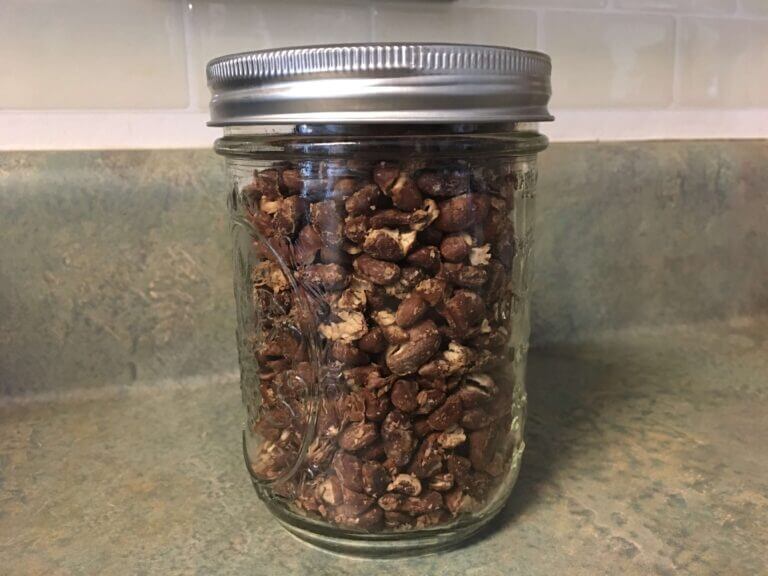
How to Dehydrate Beans Step-by-Step
Dehydrated beans are essentially instant, "just add water" beans. It makes cooking from food storage beans much easier!
- Total Time: 8 hours 5 minutes
Ingredients
- Pre-cooked beans (any variety, any amount)
Instructions
- Drain and rinse cooked or canned beans in a colander. If you need tips for cooking dried beans, see the “Notes” section below.
- Move the beans to dehydrator trays in a single layer. A mesh liner is recommended if your dehydrator trays have larger openings, as there will be crumbled skins and small pieces after dehydrating that may fall through.
- Set the dehydrator to 125 degrees Fahrenheit. Depending on conditions, full dehydration usually takes up to 12 hours, but check back after 6-8 to see how they’re doing.
- Once beans are totally dry and brittle (even crumbly), they are ready to prep for storage.
- All the beans to cool completely.
- Store in glass jars. To extend their shelf-life, vacuum seal them using a jar sealer attachment for best results. Store the jars in a dry, preferably dark place (like inside a cabinet).
Notes
To cook dried beans in bulk (and quickly), use a pressure cooker like an InstaPot.
- Prep Time: 5 minutes
- Additional Time: 8 hours
- Cook Time: 0 hours


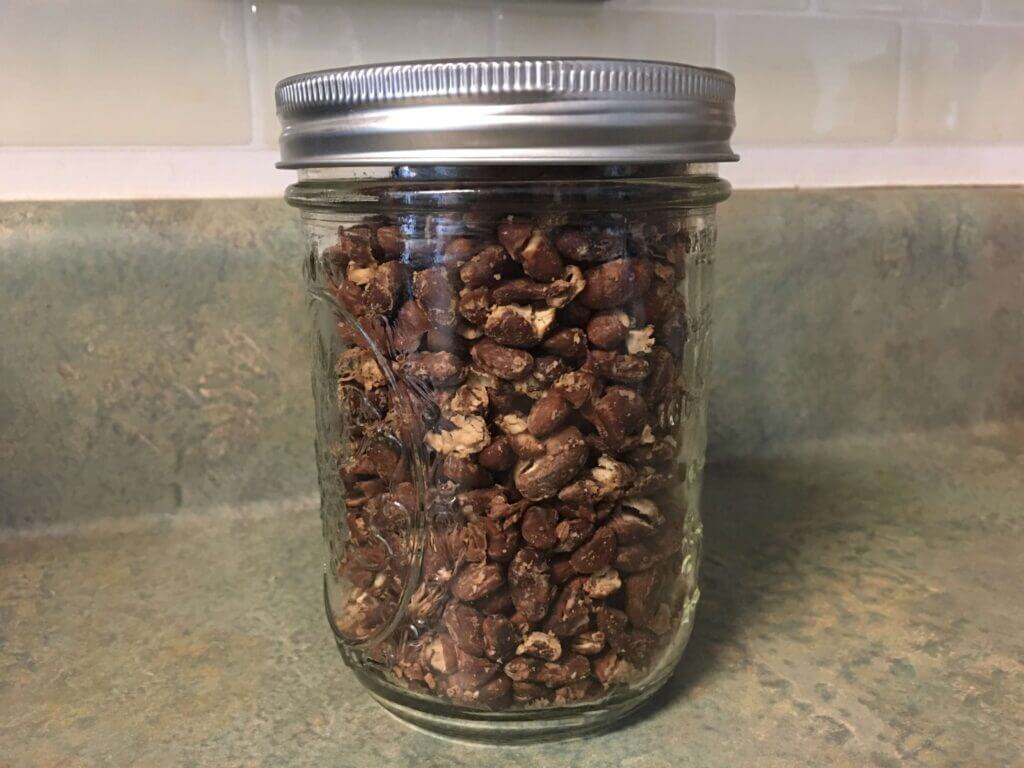



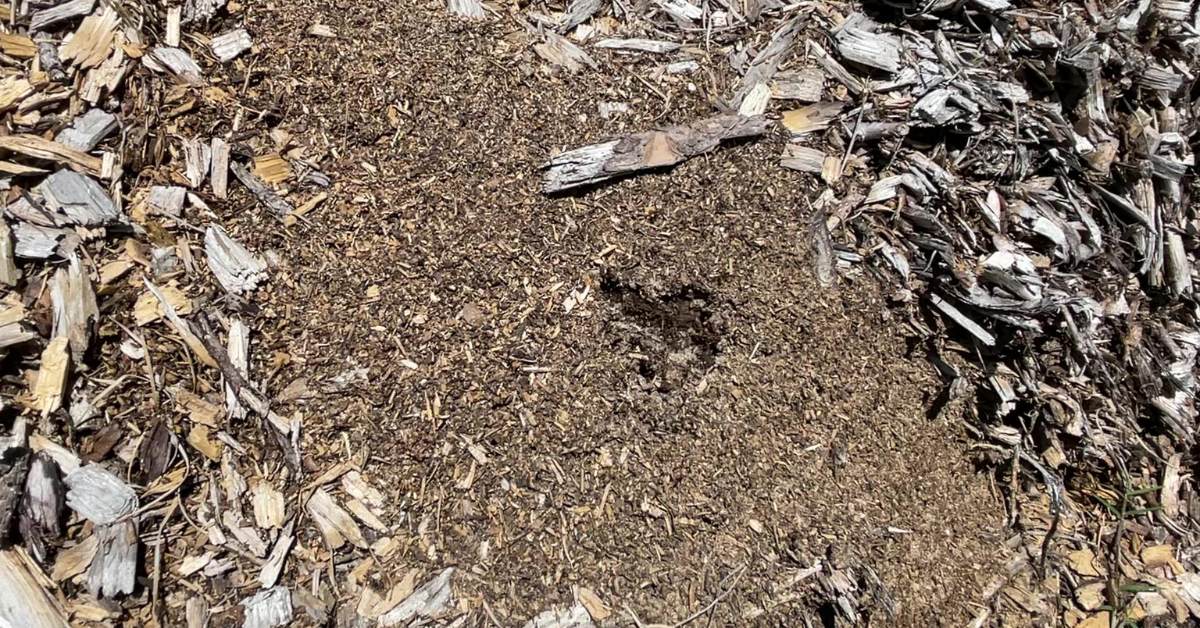




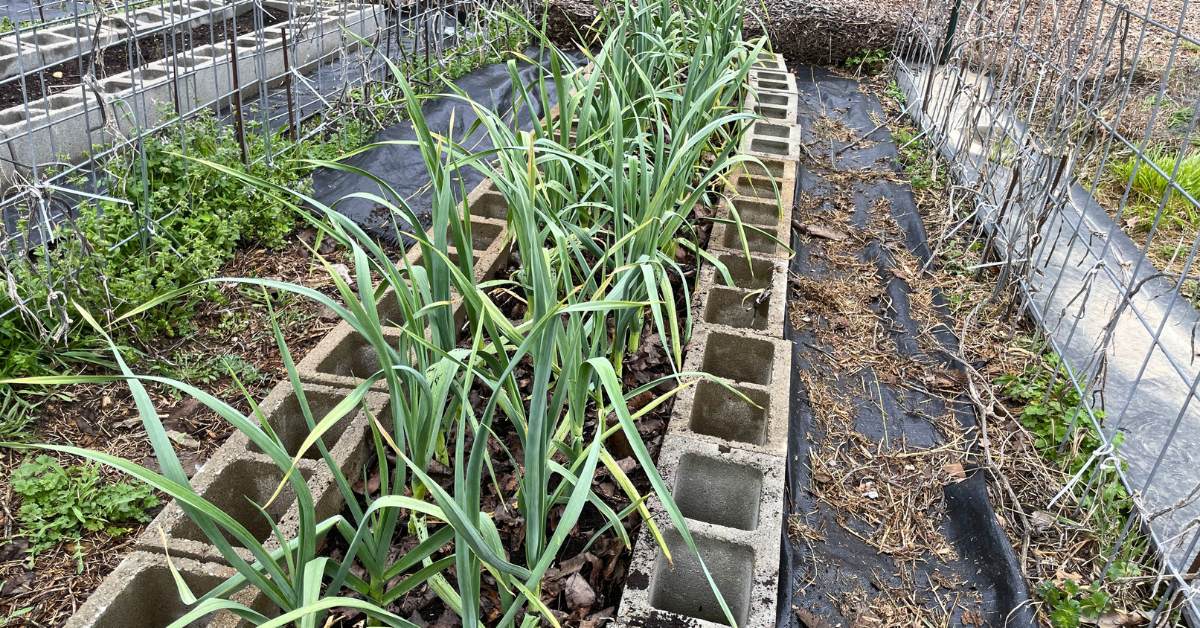
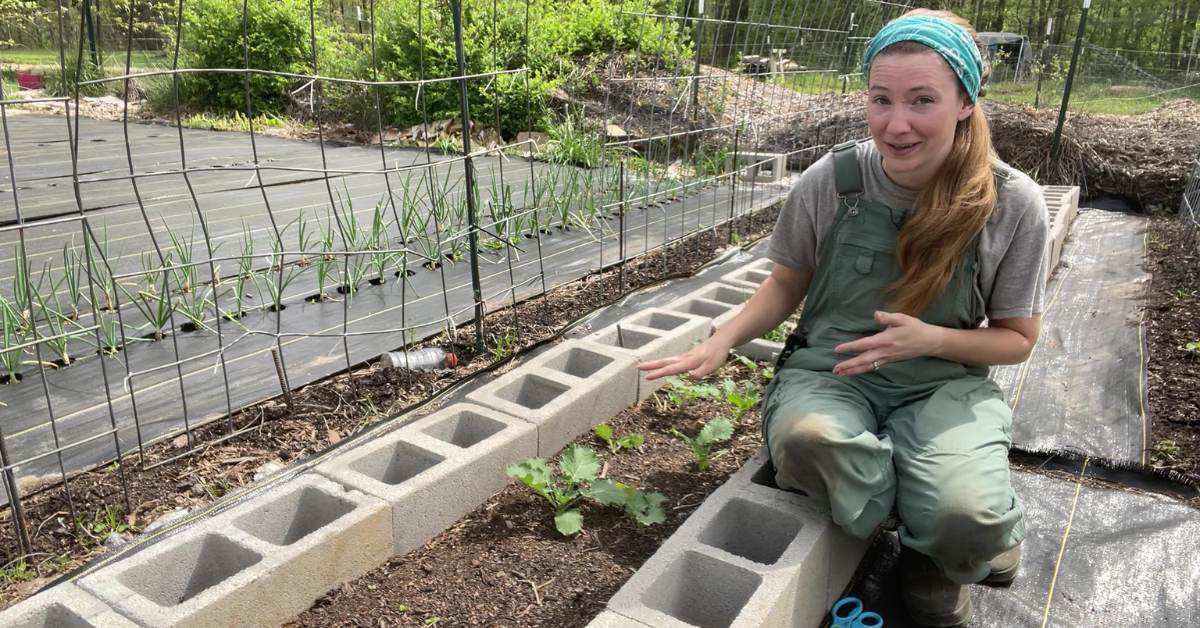
Can you put the cooked/ dried beans in Mylar bags (with O2 absorber) and if so, how long is the shelf life?
Yes, you can. 🙂
Your mileage will vary with shelf-life. Several years should be no problem, but the environment in which it’s stored in plays a big role in just how long.